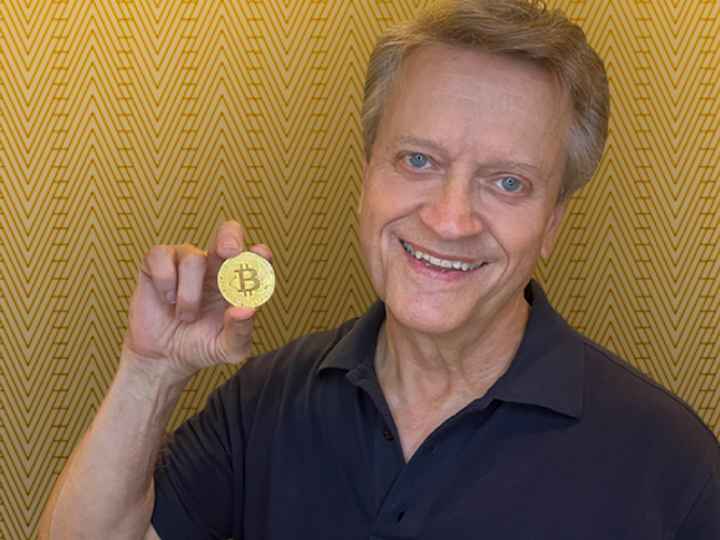
Unless you’re hibernating, you’ve come across news reports that mention Bitcoin, blockchain, cryptocurrency, FTX or hardware wallet. Or perhaps you’re already an investor in digital currency, the new money concept that traces back to a 2008 white paper credited to Satoshi Nakamoto.
Here’s the first curiosity: Satoshi Nakamoto – he, she, maybe they – might not exist, perhaps never did. Don’t let that distract you because Bitcoins, themselves, are not real things, at least not in the tangible way of money in your hand. It’s a digital concept.
Confused? You have company.
A University of Houston College of Technology class is in its second year of demystifying the concepts and processes inside digital money and the brave new financial world they inhabit.
“In taking this class, my students are opening themselves to a new kind of economic literacy, a system likely to be pivotal in the near future for international trade, global finance, technology, even individual lives,” said Phil Snyder, UH College of Technology instructional associate professor who teaches the Current Issues in Digital Media course.
The class covers the history and economics of digital money, along with the workings of blockchains and bitcoin miners, and the important role Texas plays within the industry. It also studies the people, groups and events that built or guide the movement.
Included is the Nov. 11 dramatic fall into chaotic disrepute of FTX, a cryptocurrency exchange that had spent lavishly to create a philanthropic image, celebrity endorsements and political favors over much of its short existence, according to Snyder.
Many of Bitcoin’s proponents envision its growth into a new decentralized, global currency transferred peer-to-peer on a network that transcends borders. With no banks involved, no national currencies exchanged, and no government leveraging complete control over transactions, such a peer-to-peer digital system of moving funds has the potential to become the chief means of financial payment in global trade, Snyder explained.
That’s how the theory goes, anyway. The concept has its champions and its doubters. But within the boundaries of the Central American country of El Salvador, the matter has already been decided.
On Sept. 7, 2021, El Salvador became the first country to recognize Bitcoin as an official form of legal tender. Students in Snyder’s class are joining bitcoin watchers around the world in observing El Salvador as a test case.
To even start to understand the world of digital currency, and its mining systems, the students first cover some background:
- Its (very brief) history – The current digital money trend started in 2009 with Bitcoin (note the capital ‘B’), which remains the leader. “Bitcoin is the only one that’s really fully viable as a stored value, as a medium of exchange, and as a unit of account,” Snyder said. Other forms, too, have staked turf in the digital currency universe. Some of those have swiftly disappeared.
- The story behind the names – ‘Crypto’ descriptors – as in cryptocurrency – are starting to fall out of favor, Snyder said, with bitcoin (lowercase ‘b’) beginning to appear as a generic term as well as (capital ‘B’) a reference to a specific form of digital currency.
- All those ‘B’ disks – Being 100% digital, Bitcoin has never had tangible form, not even in those familiar coinlike disks with the ‘B’ symbol. “That’s a worthless token, a novelty with absolutely no purchasing power,” Snyder said.